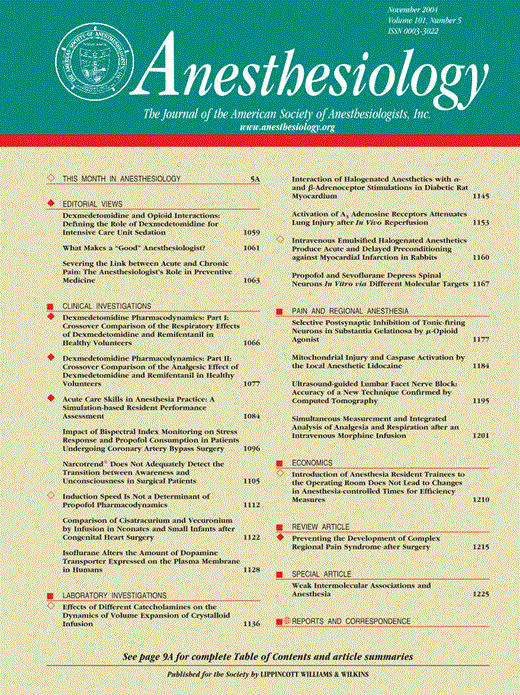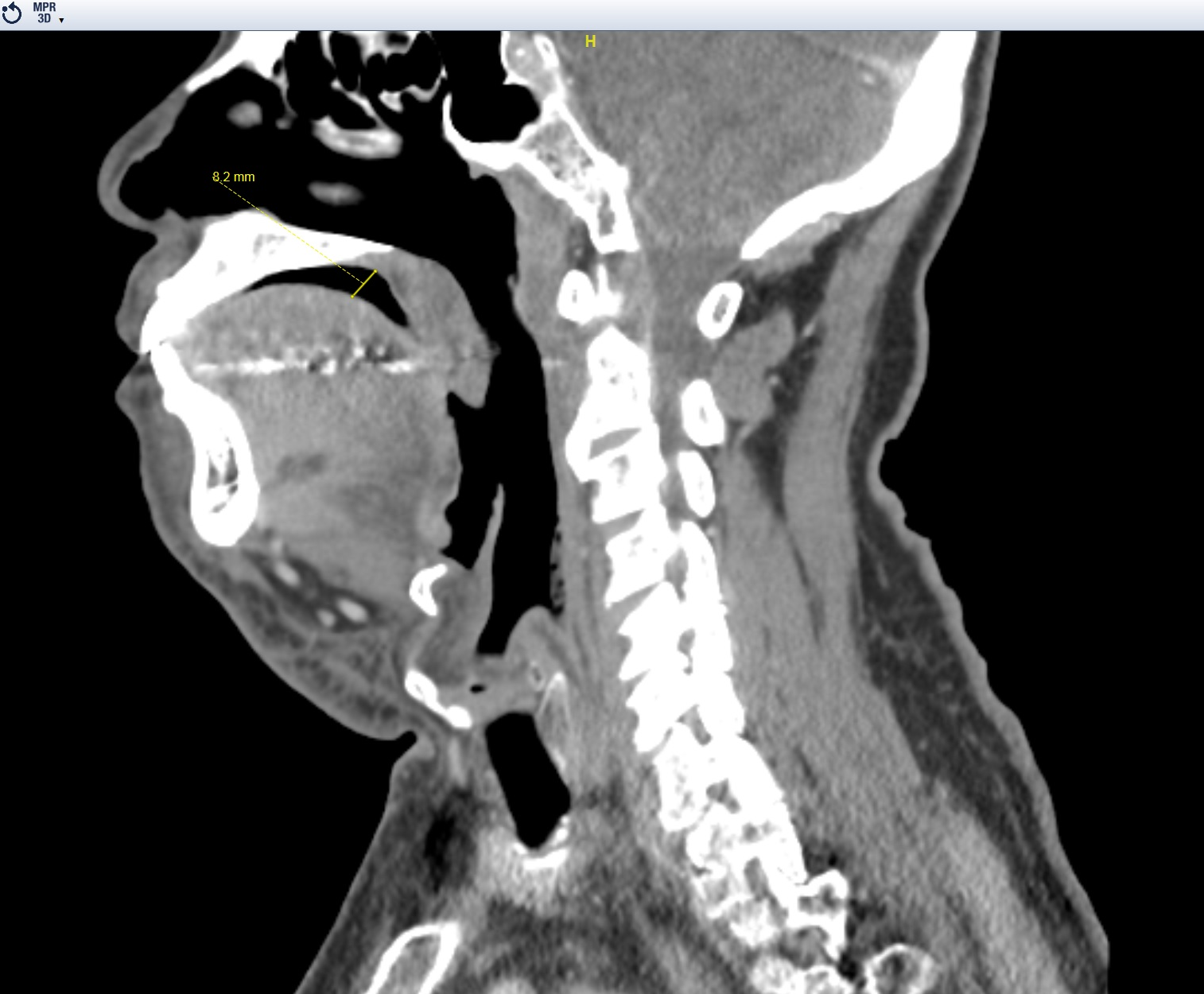I do a decent number of these and have a specific method.
Step 1, Psychoprophylaxis. Never call it an "awake" intubation. It scares the patient, and it's not even true (patients are sedated and topicalized). I tell the patient, "usually we place the breathing tube through your mouth into your windpipe after you're all the way asleep. For you, because of X, Y, or Z, I'll be placing it after you're most of the way, but not all the way off to sleep." The more routine it sounds, the less drama their is around it being "awake."
Step 2, Preparation. I don't generally use glyco, but when I do, I give 0.2 and give it early. If I'm going nasal, I'll use phenylephrine nasal spray at this time, as well.
Step 3, Topicalization. I don't use the nebs, but I know people like that. I use 5% ointment to the tongue in three successive sweeps, each time asking the patient to hold their tongue at the roof of their mouth, and to swallow as it melts. Each sweep is separated by about a minute, and each goes further back. I do this during the pre-op process and don't take extra time to do it.
Step 4, Sedation. Your goals of sedation for this procedure are anxiolysis and amnesia. There is no better drug in the world for these goals than midazolam. People like to start dex infusions, and remi and all that, but with dex you don't get amnesia, and remi basically does nothing for you. There is no amount of opiate in the world that will obtund the gag reflex, short of general anesthesia. This procedure does not require opiates. It requires more local, for which I direct you to step 5.
Step 5, More topicalization. In the room now, with the patient on the gurney, upright, looking at me (who wants to be flat on their back with a masked stranger peering over their head with a bright light?). 4% solution via MAD spray tip to tonsillar pillars and posterior hypopharynx. Gargle -> swallow. If nasal, also to the naris of interest, followed by an ointment-soaked nasal airway 32-34. Next, depending, more midazolam (maybe 10% of the time if they're really awake still). Then, transtracheal block (assuming no contraindications) 2-3 mL 2%. If contraindications, "spray as you go" with the scope. Then test with yankauer.
Step 6, Intubation. Ovassapian airway, nasal canula oxygen, introduce scope, and do the thing. Light jaw-thrust is your friend once your scope is past the Ovassapian airway. If nasal, I generally insert the ETT past the nasopharynx first, then pass the scope through the tube, then into the trachea (usually the scope is too short to load the tube, go scope first, and not bump the ETT against the naris before you're comfortably in the trachea. If you've done all the stuff above, the intubation itself is a non-event. If the patient coughs/gags, the answer 100% of the time is more local, not more sedation. Once the tube is in, have the patient scoot themselves from the gurney to the bed (yes), and induce, etc.
That's my routine. It doesn't sound quick, but it is. There's nothing slower than a patient who's coughing and gagging, and then gets overly sedated to compensate, who then stops breathing and everything turns to poop.


